Zoning Pitfalls and Challenges

In an effort for a town or city to control its growth, there are two major documents, or sets of rules, that are developed and implemented to help manage this growth. These documents are a town’s official plan and the town’s zoning bylaws.
Most townships or cities have an official plan and these plans are adopted and approved with the intent of providing continuity and structure to a town’s growth. Official plans tend to be fluid documents and are amended and updated regularly to reflect changes in the town, residential and commercial requirements and technology advancements. The official plan sets out, in general terms, the pattern by which the town will grow over a 20 year period. The document sets out planning policies to assist the town in the physical, social and economic development of the town.
A town’s zoning bylaw establishes detailed rules, regulations and permissions associated with the development and use of lands within the Town. It introduces levels of land use categories that control the development and use of lands. This helps insure that growth of the town is in harmony with the existing and longer term plans of the town. For example, it insures that industrial lands tend to be located in areas of other industrial lands and that new residential builds are similar in look, feel and density to existing homes. Again, the goal here is simply to insure continuity in communities.
If a proposed development requires a slight modification to the provisions of the zoning bylaw, yet follows its general intent and the general intent of the official plan, most towns and cities have a process in place called a Committee of Adjustments which may permit a minor variance from the by-law’s specific provisions. Most municipalities have a cost associated with these requests for minor variances and there is a process in place that makes sure that any changes continues to support the long term intent of the official plan of the community.
As with Official Plan Amendments, if a proposed development does not conform to the Zoning By-law, a rezoning may be required. This will typically occur when there is a significant proposed change. If a developer is looking to build a new subdivision in an area not current zoned appropriately or wants to increase the density of homes in a certain location within a town or city, a rezoning of the property typically occurs. This tends to be a much longer process than a simple minor variance as there are many departments within a town that get involved in the decision making. Municipalities want to insure that there is adequate water and sewer services available, schools or transportation to schools is available and appropriate servicing of the new build can happen in a timely fashion. Sometimes, traffic studies or noise studies are required. This all takes time and adds costs to the process.
The bottom line is make sure that any real estate you are considering purchasing is zoned correctly and follows the town or cities longer term plans as defined by the official plan. If you have any questions or concerns, please feel to reach out and we will do our best to assist you through this process.

